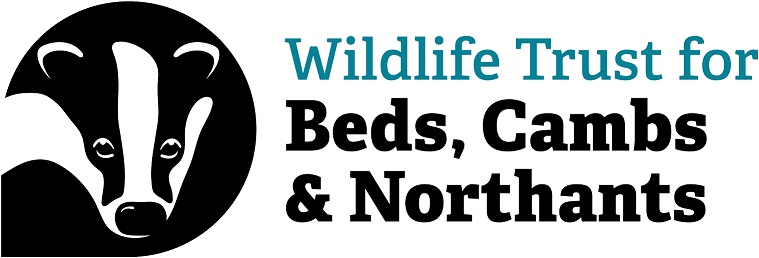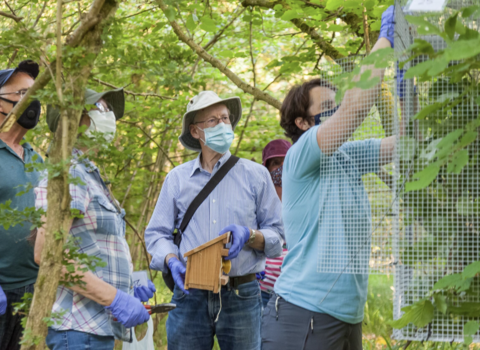I first saw dormice as a schoolboy in the woods surrounding our school in Buckinghamshire in the late 1950s and have been fascinated by them ever since. They were not a rarity then, but like many of us I have been concerned by their long-term decline due to loss of suitable woods and interconnecting hedgerows. So, when I retired in 1996 as a director of the electrical retailer Comet, I seized the opportunity of helping English Nature with their release programme in Brampton Wood, which had commenced in 1993: an initial release of 19 wild and captive bred dormice, followed by a further 30 captive-bred in 1994.
250 nest boxes were installed in the NE sector of the wood. We checked these monthly from May to September each year to monitor the success of the introductions: we found a monthly peak of 53 dormice, sexed and weighed in October 2003. Since then, the number of nest boxes has been increased to 350 throughout the wood to measure if the dormice have spread and, gratifyingly, we have now found them in all sectors.
Although the numbers found during the surveys have declined, this is perhaps due to the dormice finding new natural places to nest. We regularly find other creatures, such as wood mice and shrews in the boxes and even on occasion wasp and hornet nests! The nest boxes were originally built to the traditional design, similar to a bird nest box, but with the entrance hole facing in towards the tree trunk. But a new design, Henry Stanier’s “Brampton” box with a shelf and hole underneath, seems to avoid the problem of nesting birds taking over too many boxes.
“It’s time spent
with like-minded volunteers, with a common outlook.”
For many years I organised the volunteer survey teams, but that task now falls to Roger Orbell and is managed by the Wildlife Trust BCN staffer Gwen Hitchcock. Handling dormice is carried out under licence, and Roger has to find seven willing teams of three or more people, each including a licensed handler, once a month, for six months of the year.





